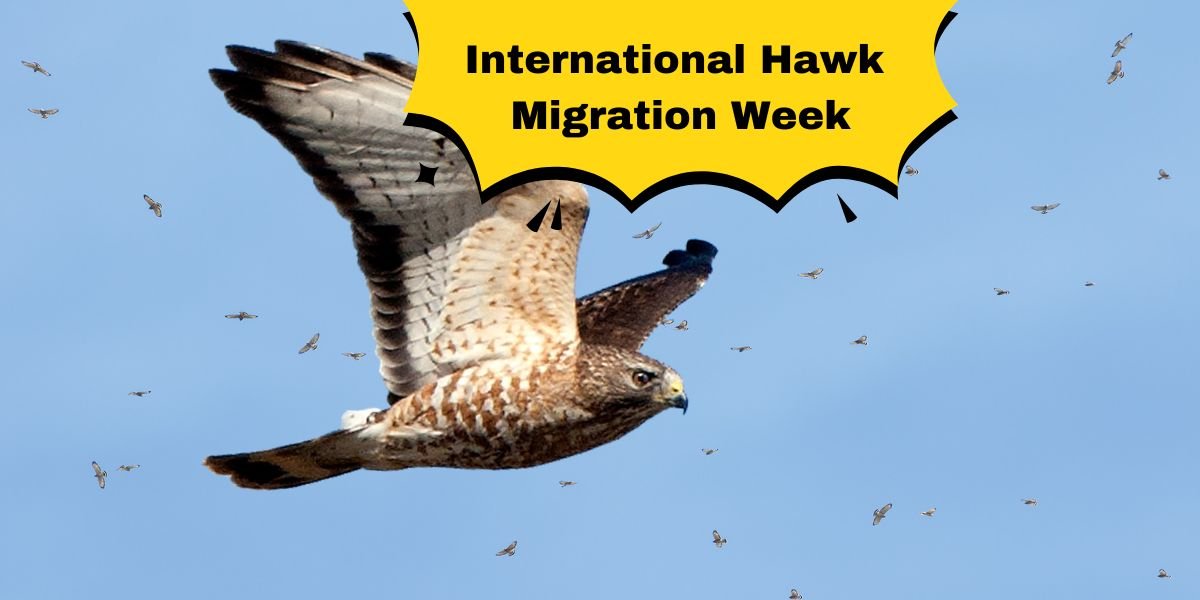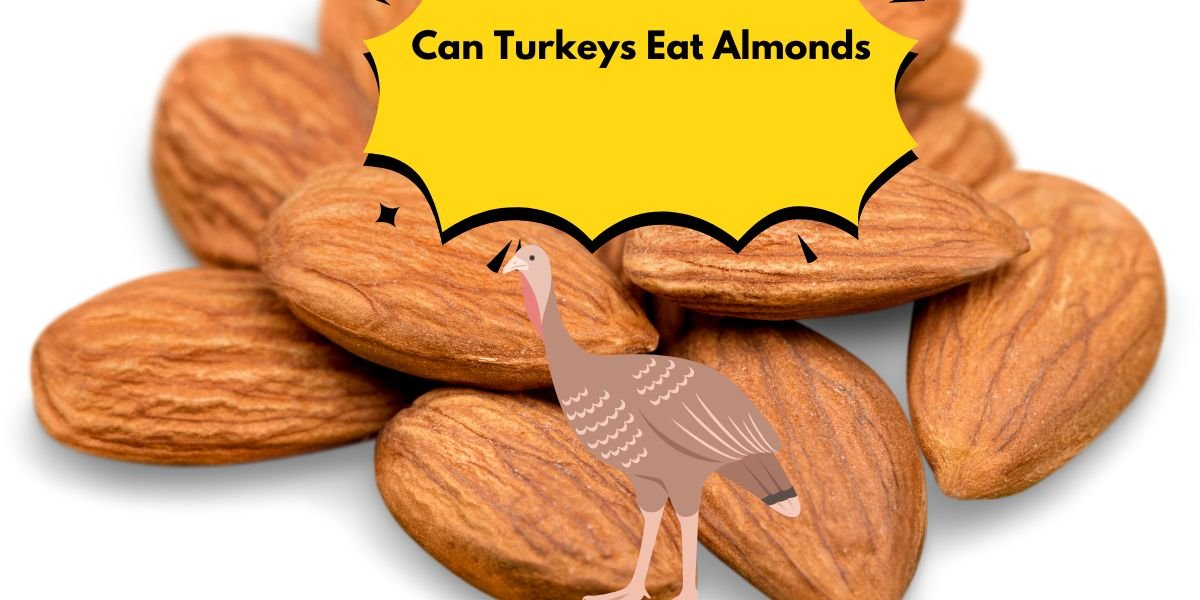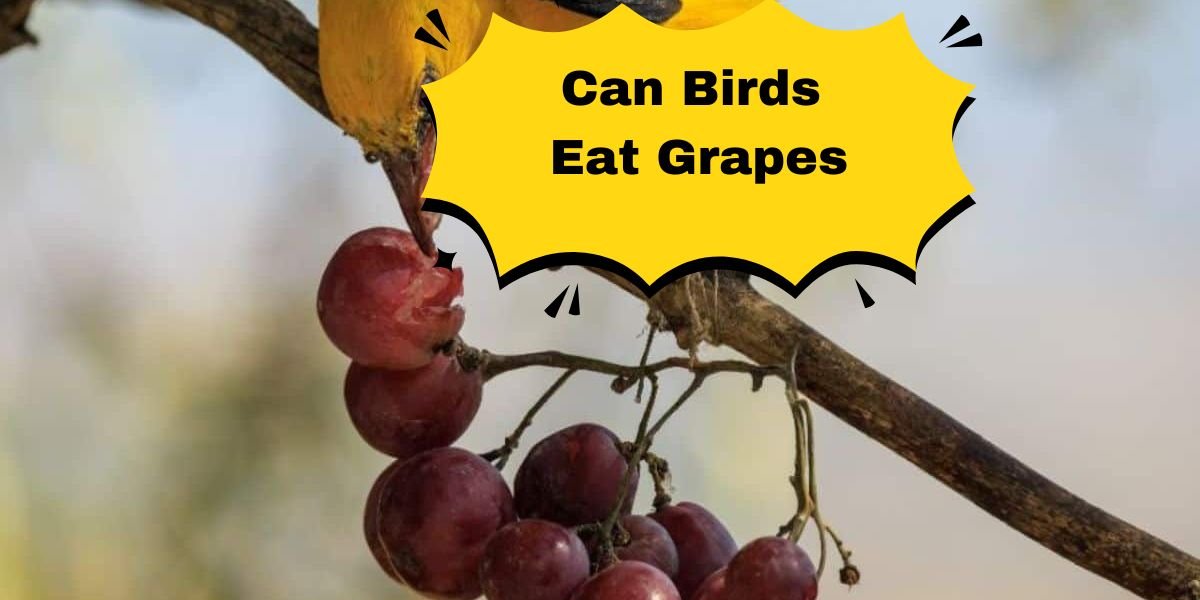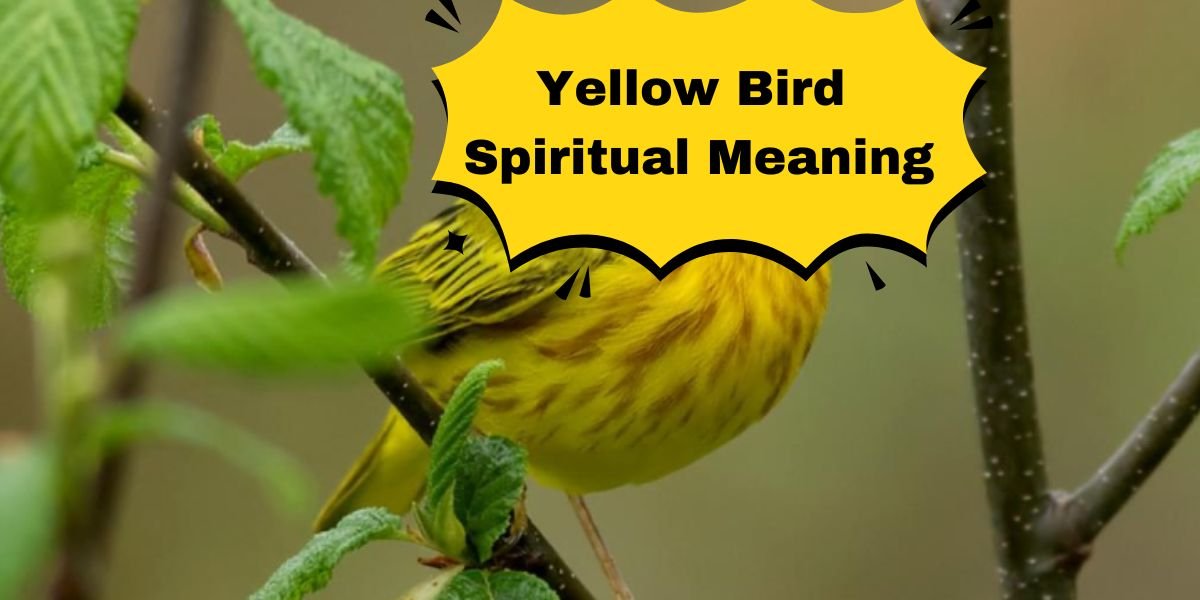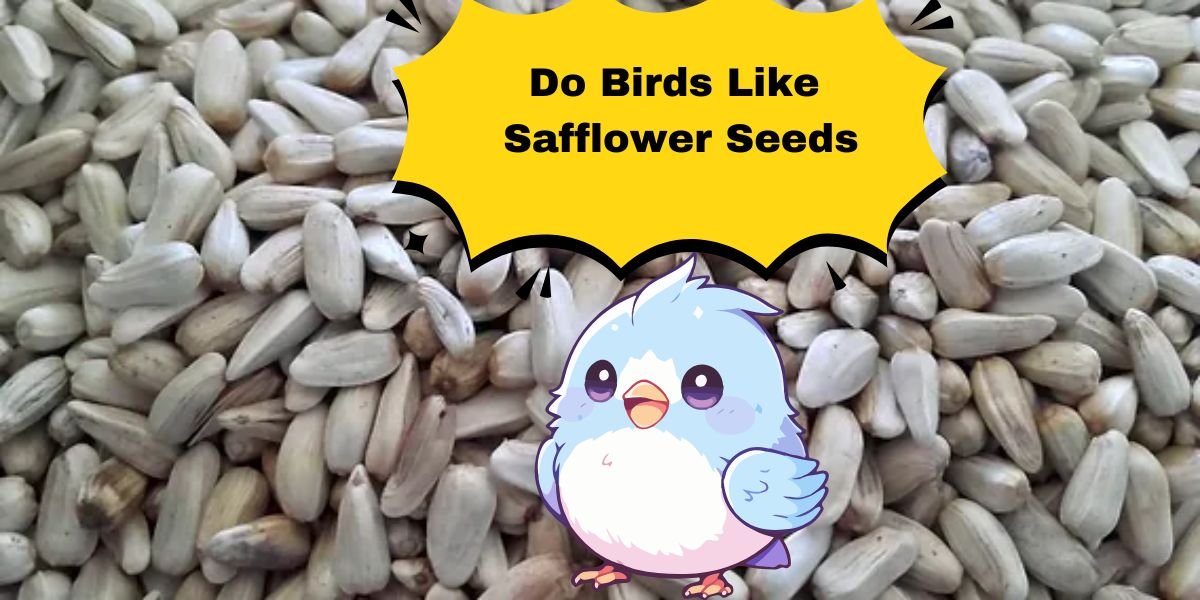Do Birds Eat Squirrels?
The natural relationship between predators and prey creates an important scientific question about Do birds eat squirrels. The combination of squirrel and bird appears uncertain since squirrels perform tree-based movements with bushy tails that make them swift in the forest heights.
Birds with their well-known preference for seeds and insects exist in an entirely different dietary zone than small mammals. Nonetheless discoveries appear when studying their feeding behaviors further.
Multiple bird species demonstrate adaptive feeding approaches because of their ability to eat Squirrels both while perched on high branches and as scavengers who search for any obtainable food. Limited species can track down small mammals to sustain themselves whenever there are dwindling food resources or they are drawn to hunt by natural instincts.
The purpose of this research is to explore if birds prey on squirrels as a food source while studying the predatory conduct modulators. Discover with us the intricate rules which shape these interplay processes within nature’s elaborate food chain network.
Which Birds Eat Squirrels?
Among corvids crows and ravens show carrion scavenging behavior combined with the practice of eating weak animals as they appear. Their diet pattern demonstrates a special adaptation by taking advantage of available meals in easy opportunities. Multiple predators hunt squirrels as I will detail in the following information.
- Bald Eagles and Golden Eagles
- Red-shouldered Hawks
- Red-tailed Hawks
- Cooper’s Hawks
- Sharp-shinned Hawks
- Goshawks
- Harris’s Hawks
- Broad-winged Hawks
- Great Horned Owls
- Barred Owls
- Eastern Screech Owls
- Northern Saw-whet Owls
- Spotted Owls
- Ravens
Bald Eagles and Golden Eagles
Bald eagles and golden eagles form the top predators in the web of natural predators which hunt squirrels. Their natural diet consists mainly of fish together with small mammals but their exceptional vision helps them see prey from tall heights so they make swift attacks on squirrels whose movements they detect in trees or across forest floors. Bald eagles and golden eagles seize their prey through their strong talons which simplifies capturing even the fastest rodent.
Red-tailed Hawks
Squirrel populations face dangerous threats from red-tailed hawks since these birds search food prey from elevated perches. The eagle species red-tailed hawks hunt by remaining motionless in specific perches while waiting for prey.
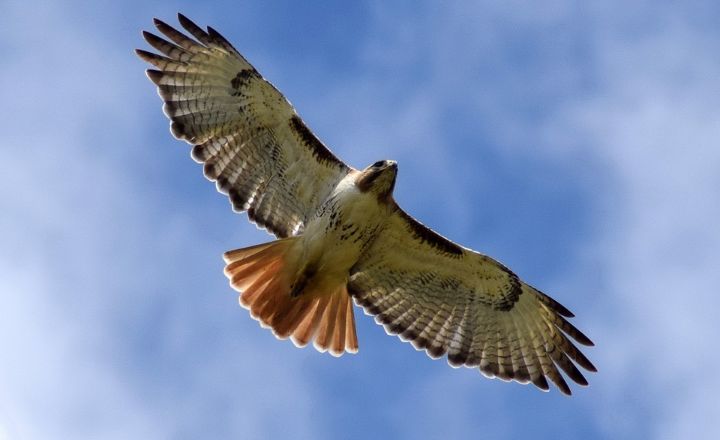
The predator birds keep their sharp eyes fixed on the ground to spot squirrels chattering in tree branches and foraging for food before they use swift precise movements to make their attack. The continuous relationship between predators and prey shows how evolutionary adaptations occur simultaneously across species.
Red-shouldered Hawks
Observations have documented Red-shouldered Hawks consuming squirrels as they display their position in their ecosystem web. Before striking the prey Red-shouldered Hawks maintain a motionless position from their perch.
The importance of recognizing red-shouldered hawks exists in their position as part of the overall ecological system. Through their hunting practices these birds control squirrel populations to keep their numbers balanced in suburban and urban environments.
The hawks demonstrate flexible predatory behavior because they either strike squirrels while they are moving between tree branches or they pursue them at top speed which is typical among other predatory birds.
Cooper’s Hawks
The Cooper’s Hawk chasing a squirrel reveals the complex network of food relationships in nature. People usually believe hawks eat only small songbirds but these birds feed on whatever foods are available.
Their adaptable hunting methods help them respond to environmental changes by modifying their tactics according to prey availability and habitat conditions thus demonstrating why adaptability remains crucial for survival.
Sharp-shinned Hawks
The predatory habits of Sharp-shinned Hawks normally focus on consuming songbirds yet they quickly switch to hunting tree squirrels because their prey’s availability changes during different seasons along with periods of food scarcity.
The wingspan of Sharp-shinned Hawks usually falls between 20 to 25 inches which enables them to maneuver swiftly and hunt squirrels efficiently through wooded areas. The predatory relationship between predators and prey functions harmoniously in nature because their excellent vision helps them identify squirrels in their forest habitat.
Goshawks
Ecosystem balance depends on the natural predation relationship that exists between goshawks and squirrels. Through their domain patrols goshawks demonstrate clear dominance thus controlling squirrel numbers to stop potential habitat destruction in woodland areas. Watching this ecological interaction helps people understand the complex natural web of life through which every individual plays a role
Harris’s Hawks
The dietary habits of Harris’s Hawks include consuming diverse prey types and they occasionally hunt squirrels among their small mammal prey. Harris’s Hawks employ their excellent vision and secret method to catch squirrels by taking them by surprise before the rodents can climb to safety.
Broad-winged Hawks
These birds primarily feed on small mammals and various prey, they have been documented engaging in the consumption of squirrels when opportunities arise. Their keen vision allows them to spot these agile rodents from high altitudes as they navigate through forests or open fields. This predatory behavior not only showcases their adaptability but also highlights the intricate balance of predator-prey dynamics within ecosystems.
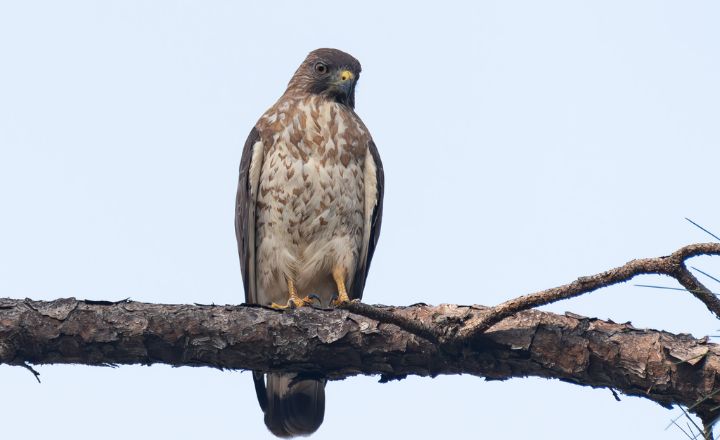
Great Horned Owls
Great Horned Owls are impressive predators that occupy the top of the food chain in many ecosystems, showcasing an astonishing range of dietary preferences. While they are often recognized for their ability to hunt small mammals and birds, it may surprise some to learn that these magnificent owls do eat squirrels.
Their keen eyesight and acute hearing allow them to locate a variety of prey, including the nimble tree squirrels that populate their wooded habitats. This predation plays a crucial role in maintaining balance within local ecosystems.
Barred Owls
Barred owls, with their striking brown and white plumage, are not just iconic figures of the night but also proficient predators that occasionally feast on squirrels. These opportunistic hunters are known for their versatility in diet; while small mammals like mice are often preferred, when the opportunity arises, a squirrel can become an appealing meal.
The stealthy approach of barred owls allows them to capitalize on unsuspecting prey hidden among branches or foraging on the forest floor.
Eastern Screech Owls
These agile predators typically prefer easier targets like mice or voles due to energy efficiency during hunting hunts at dusk and dawn, they can indeed take advantage of smaller rodents when food is scarce—squirrels included. This opportunistic feeding aligns neatly with their adaptable nature; thriving on whatever presents itself ensures survival through fluctuating seasons.
Northern Saw-whet Owls
Owls typically do not prey on squirrels due to their larger size, these resourceful predators can occasionally target juvenile or injured squirrels if the opportunity arises.

The hunting prowess of these owls is tied closely to their extraordinary hearing ability and exceptional camouflage. Their mottled feathers allow them to blend seamlessly into tree bark, making it difficult for both prey and predators to spot them.
Spotted Owls
These silent hunters primarily feast on small mammals, including rodents and wood rats, but their diet can be surprisingly diverse. Many wonder if these owls might also indulge in the occasional squirrel. While it’s not typical for Spotted Owls to actively hunt squirrels due to their larger size and agile nature, young or weakened squirrels can fall prey to these adept predators under certain circumstances.
Ravens
These birds are scavengers primarily feast on nuts, carrion or grains, ravens are also opportunistic hunters. They have been observed taking down small mammals like squirrels when the opportunity arises— a testament to their versatile diet.
Squirrel Anti-Predator Strategies
Squirrels have developed a remarkable array of anti-predator strategies that showcase their adaptability and intelligence. One fascinating tactic is the use of deception; when threatened, a squirrel might feign injury by rolling over and playing dead, allowing it to avoid detection by predators.

This clever maneuver buys the squirrel precious moments to escape while creating confusion for its would-be attacker. Squirrels are known for their agility and climbing prowess, allowing them to dart into trees or scurry along branches where potential predators, such as hawks or snakes, find it challenging to follow.
Squirrel Escape Tactics
Squirrels are renowned for their agility and clever escape tactics, making them a challenging target for predators. One fascinating strategy is their ability to leap from tree to tree with remarkable accuracy. This not only allows them to evade ground-based threats but also helps them navigate through complex environments quickly.
When faced with avian predators like hawks or owls, squirrels often employ a zigzag running pattern, which complicates the predator’s pursuit and increases their chances of survival.
Squirrel Sheltering Habits
Research has uncovered that certain squirrel species will create multiple nests within their home range—essentially establishing escape routes through various hideouts. These nests vary from well-constructed dreys made from leaves and twigs high in the trees to more precarious locations like roof overhangs or shrubs closer to the ground.
Such nest diversification enhances their survival prospects against environmental threats such as harsh weather or potential predators, hinting at an instinctual need for security that resonates deeply with all creatures navigating a world filled with dangers and opportunities.
Final Words
Do birds eat squirrels? Birds primarily focus on seeds, insects, and fruits as their main sources of nutrition, some larger bird species do occasionally prey on small mammals, including squirrels. This predatory behavior is more commonly observed among raptors like hawks and owls, which have the physical adaptations necessary to hunt effectively.
Such instances are relatively rare and typically occur when food resources are scarce or during specific breeding seasons. The relationship between birds and squirrels is largely one of coexistence rather than predation. To better understand these fascinating interactions in nature, consider observing local wildlife or researching further into avian dietary habits.


